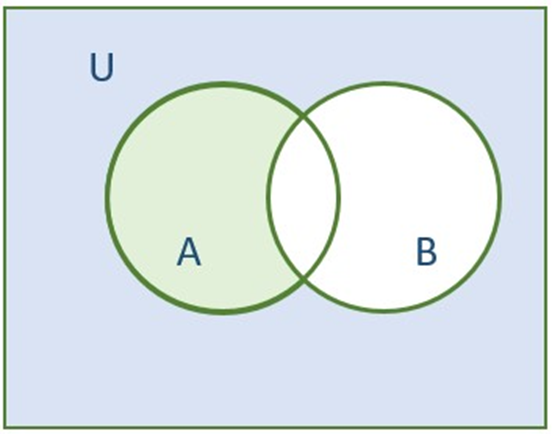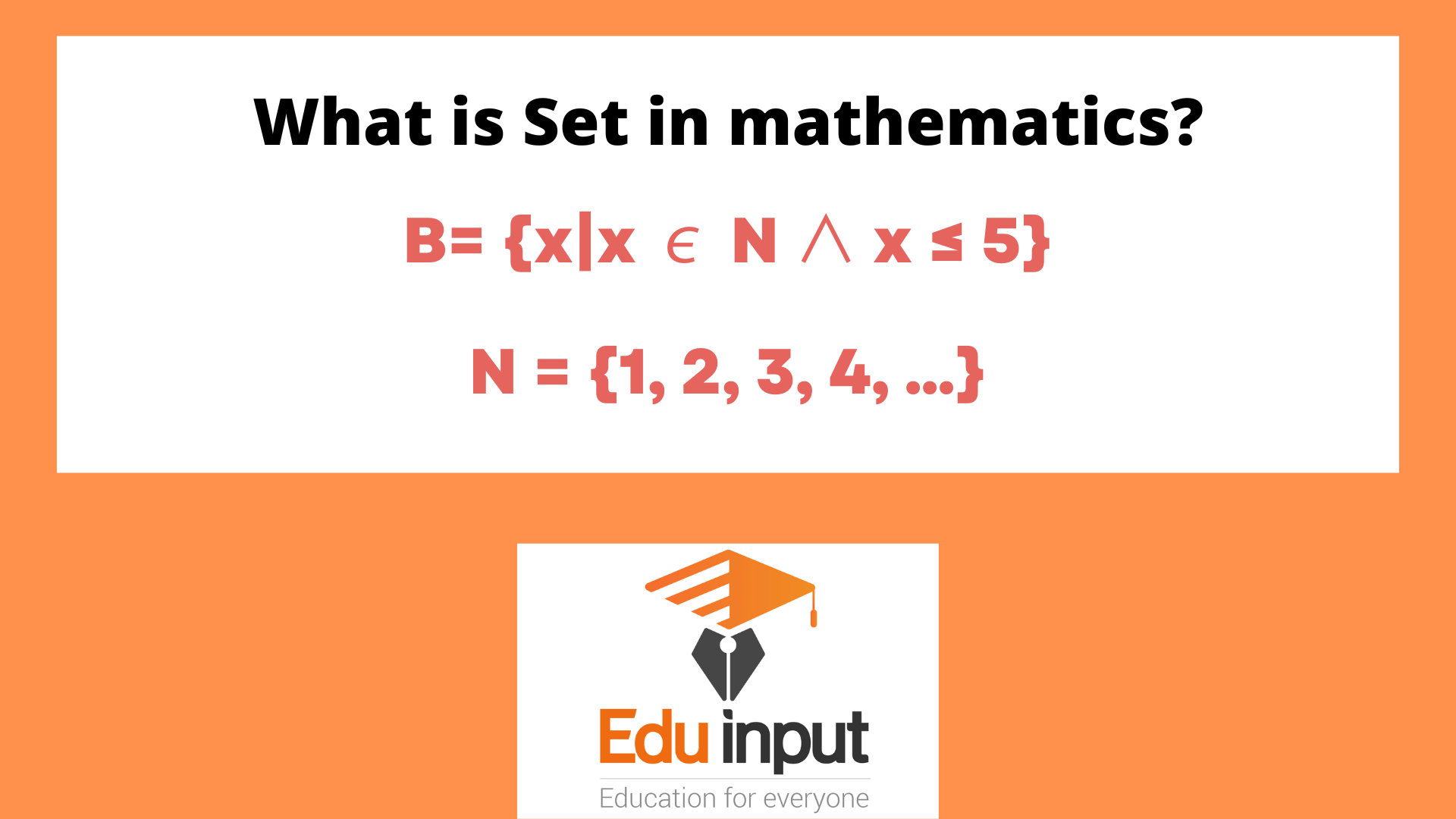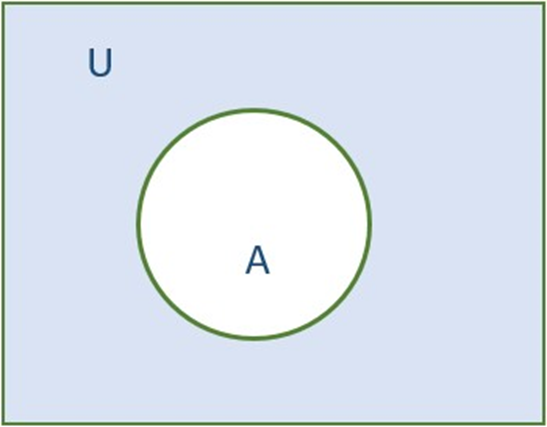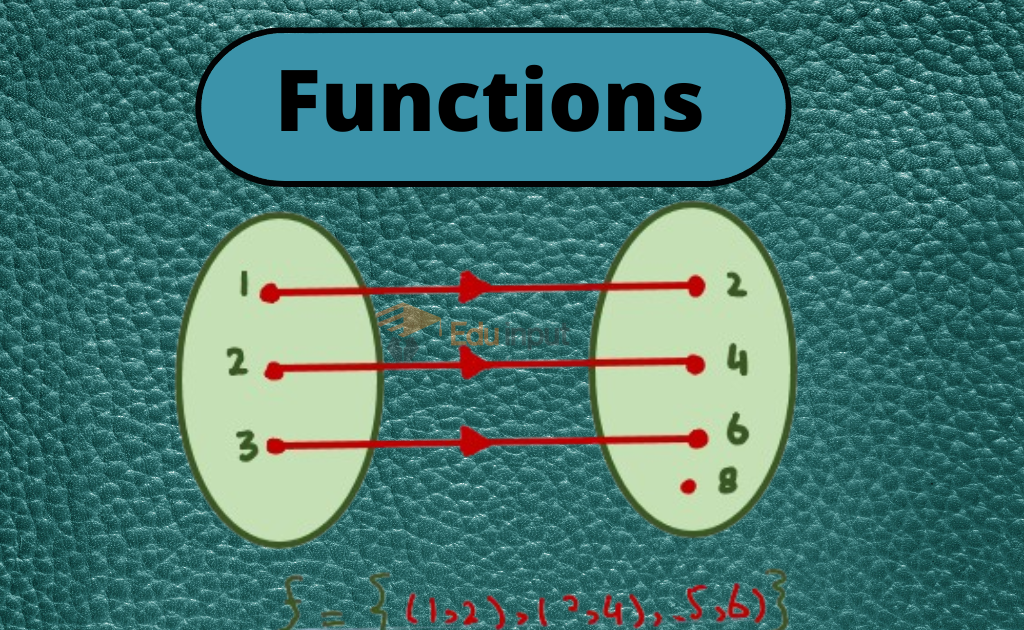What is Group and Abelian Group?
in this article, we will learn What is Group and Abelian Group. We have considered, at some length, binary operations and their properties. We now use our knowledge to classify sets according to the properties of operation defined on them. First, we state a few preliminary definitions which will culminate in the definition group.
- Groupoid
- Semi-group
- Non-commutative
- Monoid
What is Groupoid?
A groupoid is a non-empty set on which a binary operation * is defined.
Some authors call the system (S,*) a groupoid. But, for the sake of brevity and convenience, we shall call S a groupoid, it being understood that operation * is defined on it.
In other words,
A closed set concerning an operation * is called a groupoid.
For example:
The set of even numbers is closed under the operation of addition.
A set of even numbers is denoted by E
E={2,4,6,8……..}
2,4∈E ,2+4=6∈E
E is closed,
The set of an odd number is closed under the operation of addition.
It is, therefore, a groupoid under addition.
- The set of Natural numbers is not closed under the operation of subtraction.
For 4,5∈N,4-5=-1
Thus (N,-) is not a groupoid under subtraction.
- The set {1,-1,-i,i}, is closed w.r.t to multiplication but not w.r.t. addition .
So it is also groupoid w.r.t. multiplication (X)
What is Semi-group?
A non-empty set S is semi-group if;
- It is closed concerning an operation *
- The operation * is associative.
For example:
- The set of natural numbers, N, together with the operation of addition is a semi-group.
N is clearly closed w.r.t. addition (+)
Also,
∀ a, b, c∈ N a+(b+ c)=(a+ b)+c
Therefore, both the conditions for a semi-group are satisfied.
Thus (N,+) is a semi-group
- Consider Z, the set of integers together with the operation of multiplication.
The product of any integer is an integer.
Product of integers is associative because
∀a,b,c∈Z
a.(b.c)=(a.b).c
Therefore,(Z,.) is a semi-group.
What is Non –commutative?
A set B is non-commutative if commutative law does not hold for it.
For example:
A set B is a non-commutative set under* when * is defined as:
∀ x,y∈x*y=x
Cleary x*y=x and y*x= y indicate that B is a non-commutative set.
For example:
Subtraction is non-commutative on N
Solution:
For 4,5∈N
4-5=5-4
-1≠1
Thus subtraction is non-commutative on N
What is Monoid?
A semi-group having an identity is called a monoid.
A monoid is a set S;
- Which is closed with respect to some operations *.
- The operation * is associative.
- It has an identity.
For example
the set of all non-negative integers i.e,
Z+U{0}
- Is clearly closed w.r.t.addition,
- The addition is also associative,
- 0 is the identity of the set.
a+0=0+a=a
∀ a∈ Z+U{0}
The given set is a monoid w.r.t. addition
For example:
the set of natural numbers, N.w.r.t. multiplication(x)
- The product of any two natural numbers is a natural number
- The product of natural numbers is also associative
- 1∈N is the identity element of the set.
N is monoid w.r.t. multiplication
N is not monoid w.r.t. addition because it has no identity w.r.t.addition.
What is a group?
A monoid having an inverse of each of its elements under* is called a group under *. That is a group under* is a set G (say) if
Or
Let G be a non-empty set on which a binary operation * then a pair (G,*) is called group if
- G is closed w.r.t. some operation *;
∀a,b∈G ,a*b=c∈G
G is closed,
- The Binary operation of * is associative ;
(a*b)*c=a*(b*c) ∀ a,b,c∈G
- G has identity element w.r.t.*;
a*e=e*a=a ∀a ∈G
- Every element of G has an inverse in G w.r.t.*
a*a-1=a-1*a=e a∈G ∃ a-1∈G
a-1 is called is called the inverse of a
Usually, binary operation in the group is either (.)Multiplication or (+) addition used
For example:
Show G={1,-1} is the group under multiplication.
Solution:
| . | 1 | -1 |
| 1 | 1 | -1 |
| -1 | -1 | 1 |
- G is closed
- Associative law held in G
- 1∈G identity element exists
- 1.1=1…….>inverse of 1 is 1∈G
-1.-1=1….> inverse of -1 is -1∈G
So the inverse of each element exists in G
Thus (G, .) is a group
A set of integers is a group under addition (Z,+)
What is the Abelian group?
A group (G,*) is said to be an Abelian group if (*) is commutative.
i.e
a*b=b*a ∀ a,b ∈G
Idempotent element in a group?
An element x of a group G is called an idempotent element if
X2=x
Theorem:The only idempotent element in group G is the identity element.
Proof:-
Let x∈G be idempotent element
By definition:
X2=x….>(1)
x∈G and G is a group and x-1∈G
By (1)
x-1(x2)=x-1.x
x-1(x.x)=x-1.x
(x-1.x)x=x-1.x by associative
ex=e x-1.x=e
x=e ex=x
x=e
Thus only the idempotent element in group G is the identity element.
What is the Order of a group?
The number of elements in a group G is called the order of a group G.
For example:
G={1,-1.i.-i}
Order of a group G= 4
What is the finite group?
A group G is said to be finite if G consists of a finite number of elements.
For example:
- G={1,-1,i.-i}
G is a finite group
- G={1,w,w2}
G is a finite Group
What is an infinite Group?
A group G is said to be an infinite group if G consists of an infinite number of elements.
For example:
(Z,+) under addition of infinite group
What is the order of an element of a group?
Let a be an element of a group G. A positive integer n is said to be the order of an if
an=e
(Where e is the identity element of group G) such that (n is the least positive integer).
Let G={1,w,w2} where w is a complex cube root of unity. G is a group under multiplication. Also, find the order of each element of G.
(1)1=1…….> o(1)=1
(W)3 =w3=1……>O(w)=3
(W2)3=w6=w3.w3=1.1=1……..>O(w2)=3
Frequently Asked Question-FAQs
what is Group?
A monoid having an inverse of each of its elements under* is called a group under *. That is a group under* is a set G (say) if
What is the Abelian group?
A group (G,*) is said to be an Abelian group if (*) is commutative.
What is the Order of a group?
The number of elements in a group G is called the order of group G.
What is the finite group?
A group G is said to be finite if G consists of a finite number of elements
What is an infinite Group?
A group G is said to be an infinite group if G consists of an infinite number of elements.
What is Non –commutative?
A set B is non-commutative if commutative law does not hold for it.

 written by
written by 





Leave a Reply